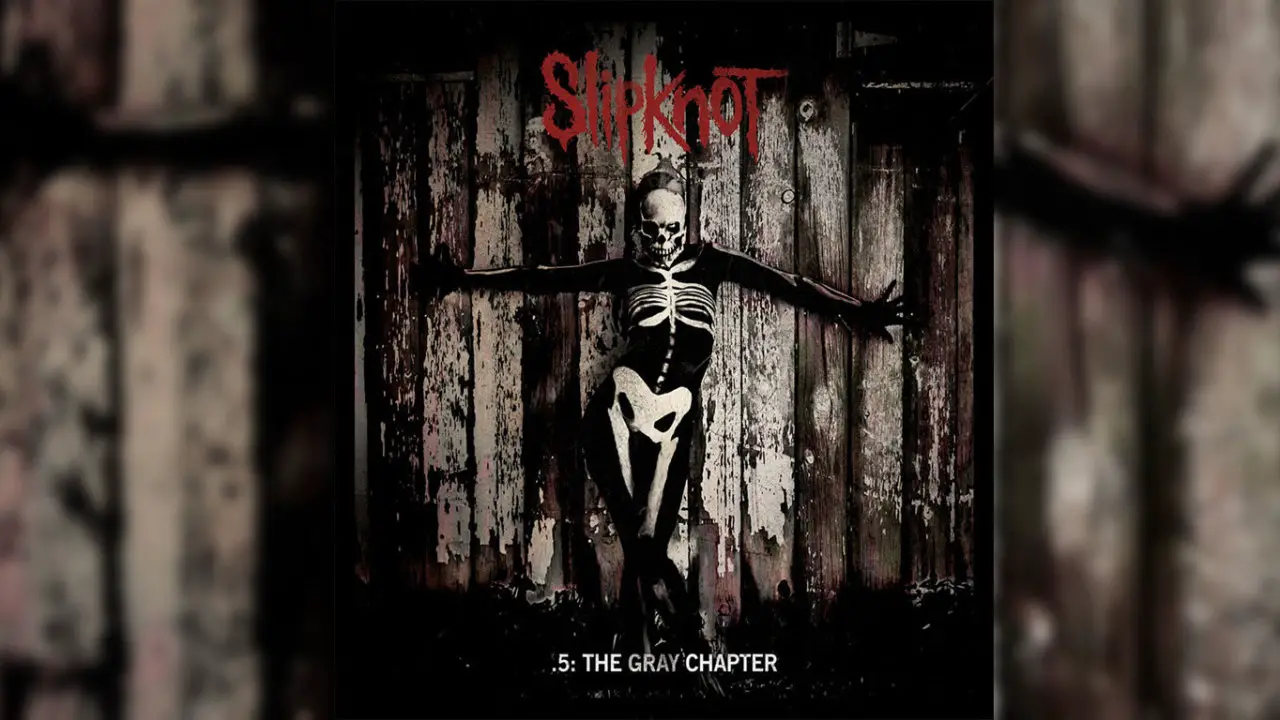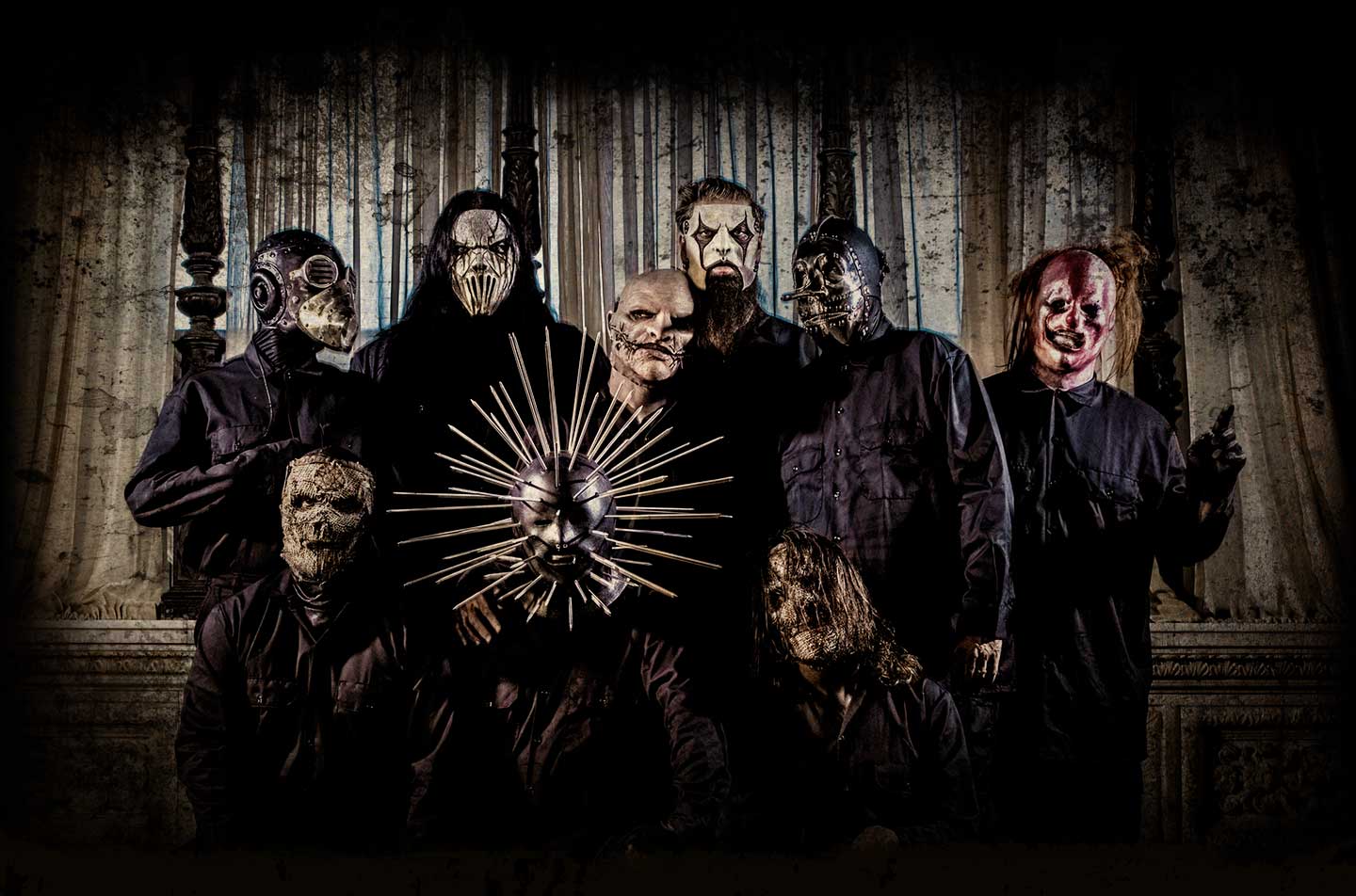The gray chapter album – Released in 2015, The Gray Chapter marks a significant chapter in Slipknot’s journey, showcasing a raw and introspective side of the band as they grapple with the loss of bassist Paul Gray. With its haunting melodies and poignant lyrics, the album offers a glimpse into the depths of human emotion, exploring themes of grief, redemption, and the search for meaning in the face of adversity.
The album’s dark and atmospheric soundscape is a testament to the band’s ability to create music that is both visceral and emotionally resonant. From the crushing heaviness of “The Devil in I” to the ethereal beauty of “Goodbye,” The Gray Chapter is a musical journey that is as unsettling as it is cathartic.
The Gray Chapter Album Overview

Released on October 20, 2014, through Roadrunner Records, The Gray Chapter marked the first Slipknot album without founding member and bassist Paul Gray, who passed away in 2010. With Corey Taylor on vocals, Mick Thomson and Jim Root on guitars, Alessandro Venturella on bass, Jay Weinberg on drums, and Craig Jones and Shawn Crahan on percussion, the album showcased a shift in Slipknot’s sound.
The Gray Chapter embraced a more melodic and experimental approach, blending the band’s signature aggression with introspective lyrics and haunting melodies. Themes of loss, grief, and redemption permeate the album, as the band grappled with the aftermath of Gray’s passing and their own personal struggles.
Musical Style
The Gray Chapter showcased Slipknot’s evolution in terms of musical style. The album retained the band’s signature heavy riffs and pounding rhythms, but incorporated elements of alternative metal, nu metal, and even industrial rock.
Slipknot’s “The Gray Chapter” album is a testament to the band’s resilience, showcasing their raw emotions after the loss of bassist Paul Gray. The album’s heavy riffs and introspective lyrics create a cathartic experience for listeners. For those seeking further intrigue, the parallels between “The Gray Chapter” and the captivating espionage thriller Allied Spies Chapter 5 are undeniable, both exploring themes of betrayal, sacrifice, and the search for redemption.
As “The Gray Chapter” ends, it leaves us contemplating the resilience of the human spirit, much like the compelling characters in “Allied Spies Chapter 5.”
- The album featured more melodic vocals from Corey Taylor, who explored a wider range of vocal styles, from soaring cleans to guttural screams.
- The guitars displayed a greater emphasis on melody and atmosphere, with intricate solos and soaring harmonies.
- The rhythm section provided a solid foundation, with Weinberg’s thunderous drumming and Venturella’s intricate bass lines.
Themes
The Gray Chapter dealt with deeply personal and introspective themes, reflecting the band’s experiences with loss, grief, and redemption.
- The album explored the emotional turmoil and pain of losing a loved one, with songs like “The Devil in I” and “AOV” expressing the raw anguish and confusion.
- Themes of resilience and hope emerged in songs like “The Negative One” and “If Rain Is What You Want,” as the band grappled with their own struggles and sought solace.
- The album also addressed broader social and political issues, with songs like “Custer” and “Killpop” criticizing war, violence, and the corrosive effects of modern society.
Critical Reception and Commercial Performance

Upon its release, The Gray Chapter received generally favorable reviews from critics, with many praising the band’s return to form after the loss of their frontman. Metacritic, which assigns a normalized rating out of 100 to reviews from mainstream critics, gave the album a score of 72 based on 18 reviews, indicating “generally favorable reviews”.
The Gray Chapter is a highly anticipated album that showcases Slipknot’s musical evolution. While we eagerly await its release, let’s take a quick detour to discuss the Boruto TBV Chapter 5 leaks , which have sent anime enthusiasts into a frenzy.
Just like The Gray Chapter promises to redefine Slipknot’s sound, these leaks hint at thrilling developments in the Boruto universe. But fear not, Slipknot fans, for our focus swiftly returns to The Gray Chapter, a testament to the band’s unwavering dedication to pushing musical boundaries.
The album was also a commercial success, debuting at number one on the Billboard 200 chart in the United States and selling over 221,000 copies in its first week. It also topped the charts in several other countries, including Canada, the United Kingdom, and Australia.
Critical Reception
- Rolling Stone called the album “a triumphant return” for Slipknot and praised the band’s ability to “balance their signature brutality with newfound maturity”.
- The Guardian gave the album a four-star review and said that it was “a powerful and moving tribute to [Paul] Gray”.
- Pitchfork was less impressed, giving the album a 6.5 out of 10 and saying that it was “a solid but unspectacular effort”.
Commercial Performance
- The album debuted at number one on the Billboard 200 chart in the United States, selling over 221,000 copies in its first week.
- It also topped the charts in several other countries, including Canada, the United Kingdom, and Australia.
- As of 2015, the album has sold over 1.5 million copies worldwide.
Lyrical Analysis and Song Meanings

The Gray Chapter delves into the depths of personal experiences and emotions, exploring themes of grief, loss, and the search for meaning in the face of adversity.
The Gray Chapter album by Slipknot is a testament to the band’s resilience and ability to overcome adversity. The album’s title is a reference to the band’s difficult time following the death of bassist Paul Gray. If you’re curious about biblical references, you might wonder how many chapters are in the bible . The Gray Chapter album is a powerful and emotional journey that explores themes of loss, grief, and hope.
The Devil in I
The opening track, “The Devil in I,” grapples with the internal struggle against self-destructive impulses. The lyrics depict a battle between the rational mind and the allure of temptation, as the singer wrestles with the consequences of his actions.
Sarcastrophe
“Sarcastrophe” expresses the raw pain of losing a loved one. The lyrics capture the overwhelming sense of grief and the struggle to find solace amidst the chaos. The song’s sarcastic tone reflects the singer’s inability to fully process the loss.
Custer, The gray chapter album
“Custer” draws inspiration from the historical battle of Little Bighorn, where the 7th Cavalry was defeated by Lakota and Cheyenne warriors. The lyrics evoke a sense of isolation and despair, as the singer feels abandoned and overwhelmed by life’s challenges.
Skeptic
“Skeptic” questions the existence of a higher power and the meaning of life. The lyrics explore the struggle between faith and doubt, as the singer searches for answers amidst the uncertainties of the world.
Nomadic
“Nomadic” captures the feeling of being lost and disconnected from oneself. The lyrics describe a journey of self-discovery and the search for a place where one truly belongs.
Music Videos and Visual Aesthetics

The music videos for The Gray Chapter are dark and atmospheric, reflecting the album’s themes of grief, loss, and redemption. The videos feature imagery of decay, destruction, and rebirth, and often incorporate symbolism and allegory to convey the album’s message.
The Devil in I
The music video for “The Devil in I” features the band performing in a dark and desolate warehouse. The video is intercut with scenes of a man being tortured and crucified. The imagery of torture and crucifixion is a metaphor for the pain and suffering that the band members have endured following the death of Paul Gray.
Sarcastrophe
The music video for “Sarcastrophe” features the band performing in a dimly lit room. The video is intercut with scenes of a woman being abused by a man. The imagery of abuse is a metaphor for the emotional and psychological trauma that the band members have experienced following Paul Gray’s death.
Custer, The gray chapter album
The music video for “Custer” features the band performing in a field of battle. The video is intercut with scenes of a soldier being killed in action. The imagery of war is a metaphor for the band’s struggle to come to terms with Paul Gray’s death and to find a way to move on.
Conclusion: The Gray Chapter Album

The Gray Chapter stands as a testament to the enduring power of music to heal and inspire. Through its raw and honest portrayal of grief and loss, the album offers a sense of solace and understanding to those who have experienced similar pain. It is a reminder that even in the darkest of times, there is always hope for redemption and renewal.


